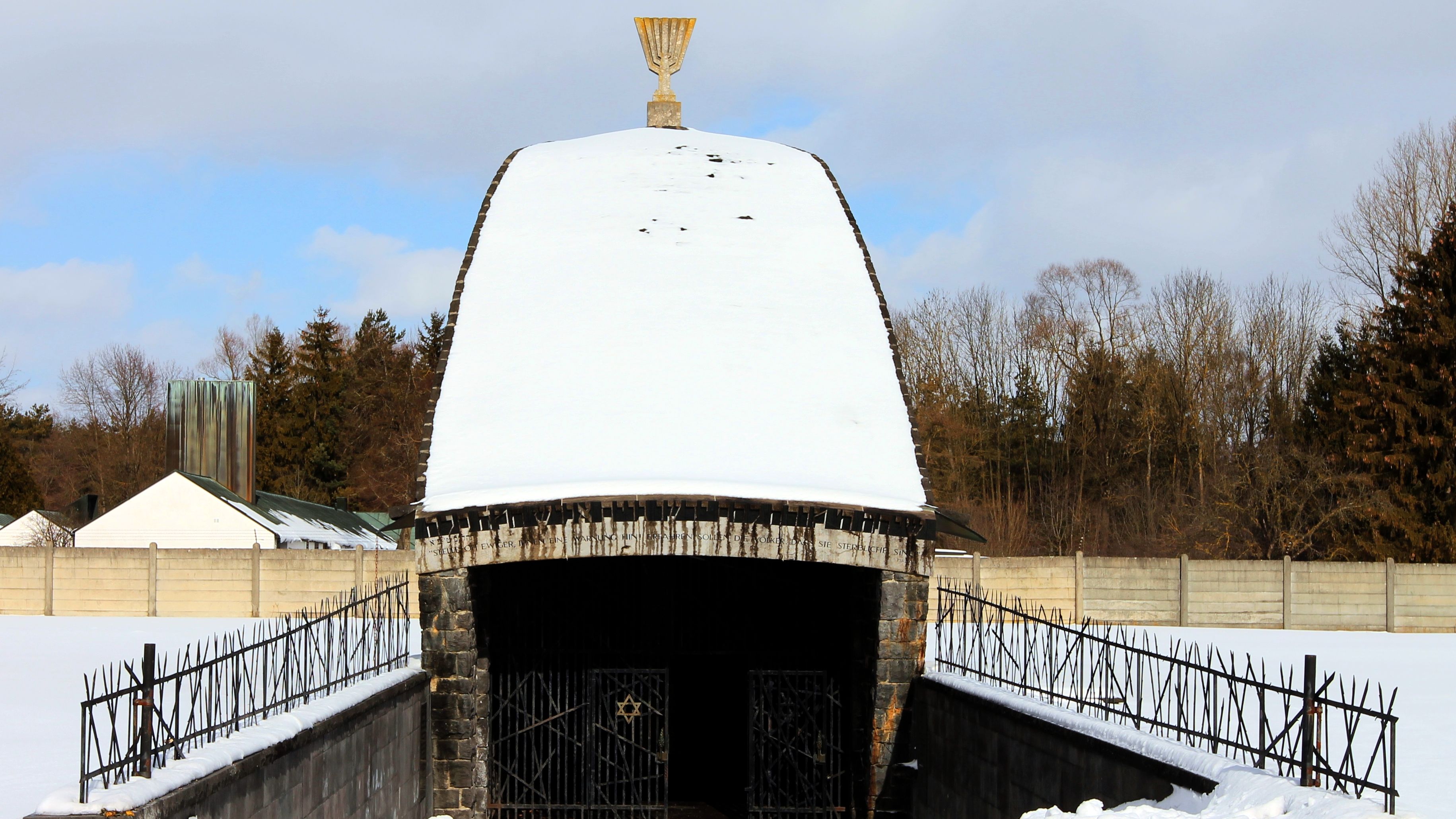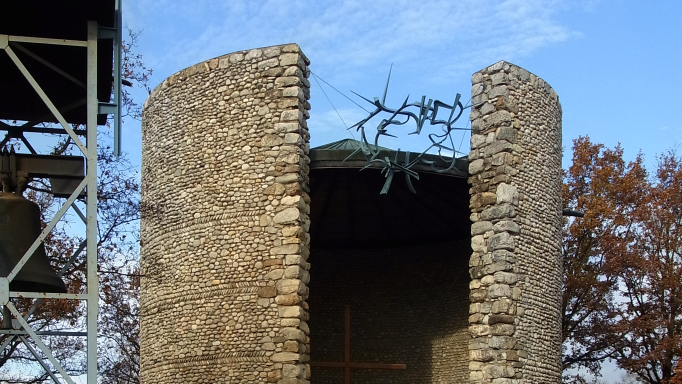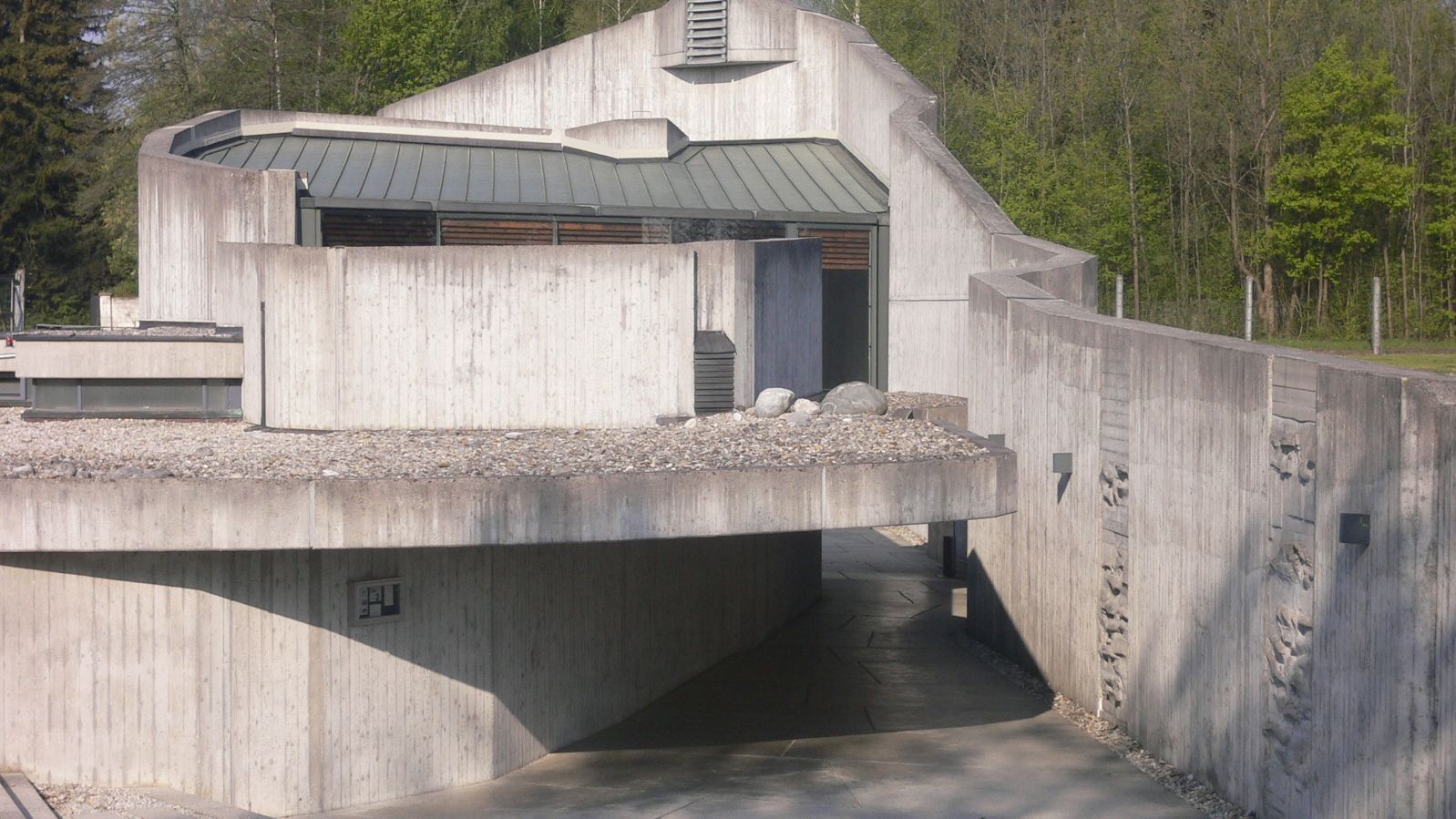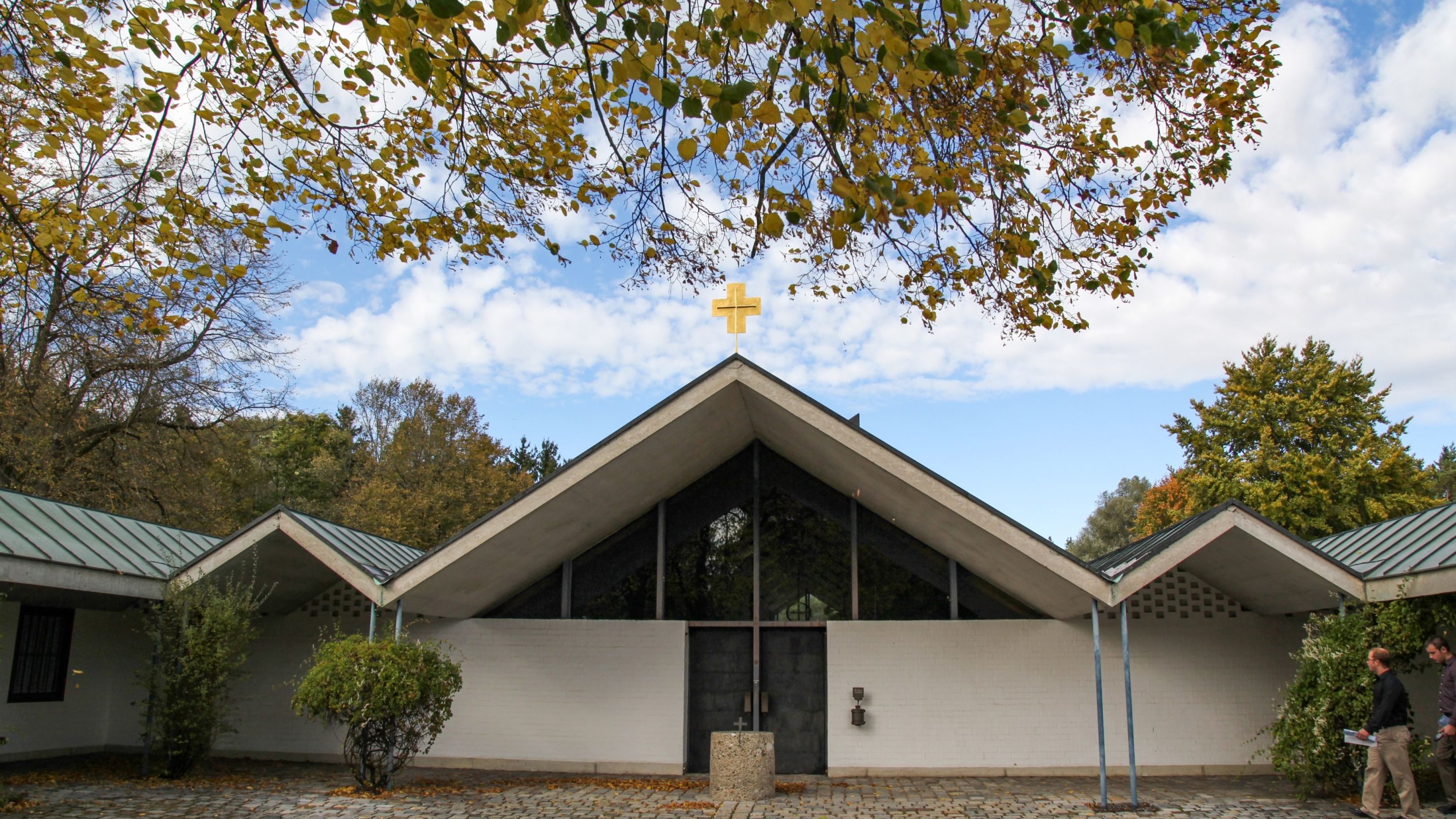In addition to the Dachau Concentration Camp Memorial, there are several other places in the Dachau Old Town and its immediate surroundings that bear witness to NS history.
Please read our privacy policy. A high level of user comfort on our website is important to us. For this reason, we would like to collect usage data for statistical purposes only. We handle this data in a responsible and trustworthy manner and guarantee this by using our own cookies without passing them on to third parties. We kindly request your consent.

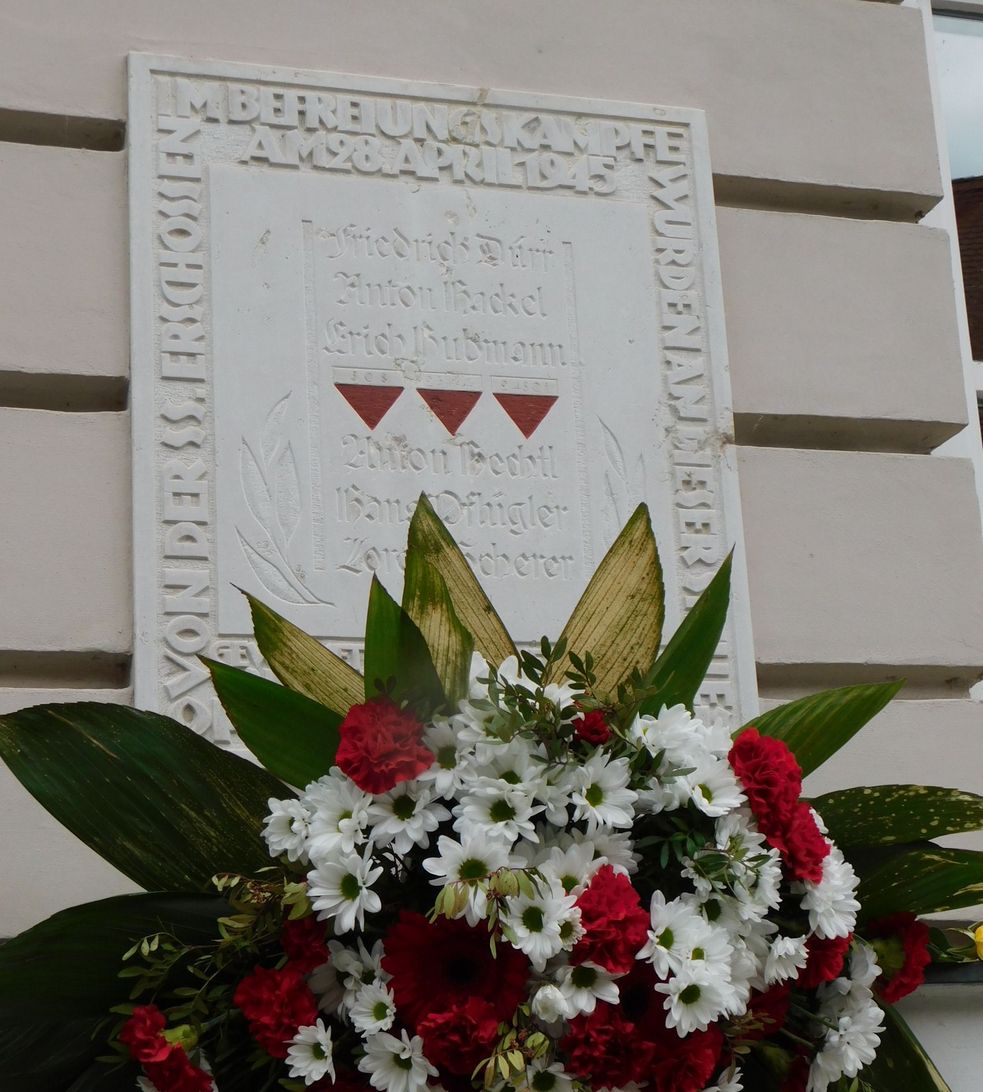
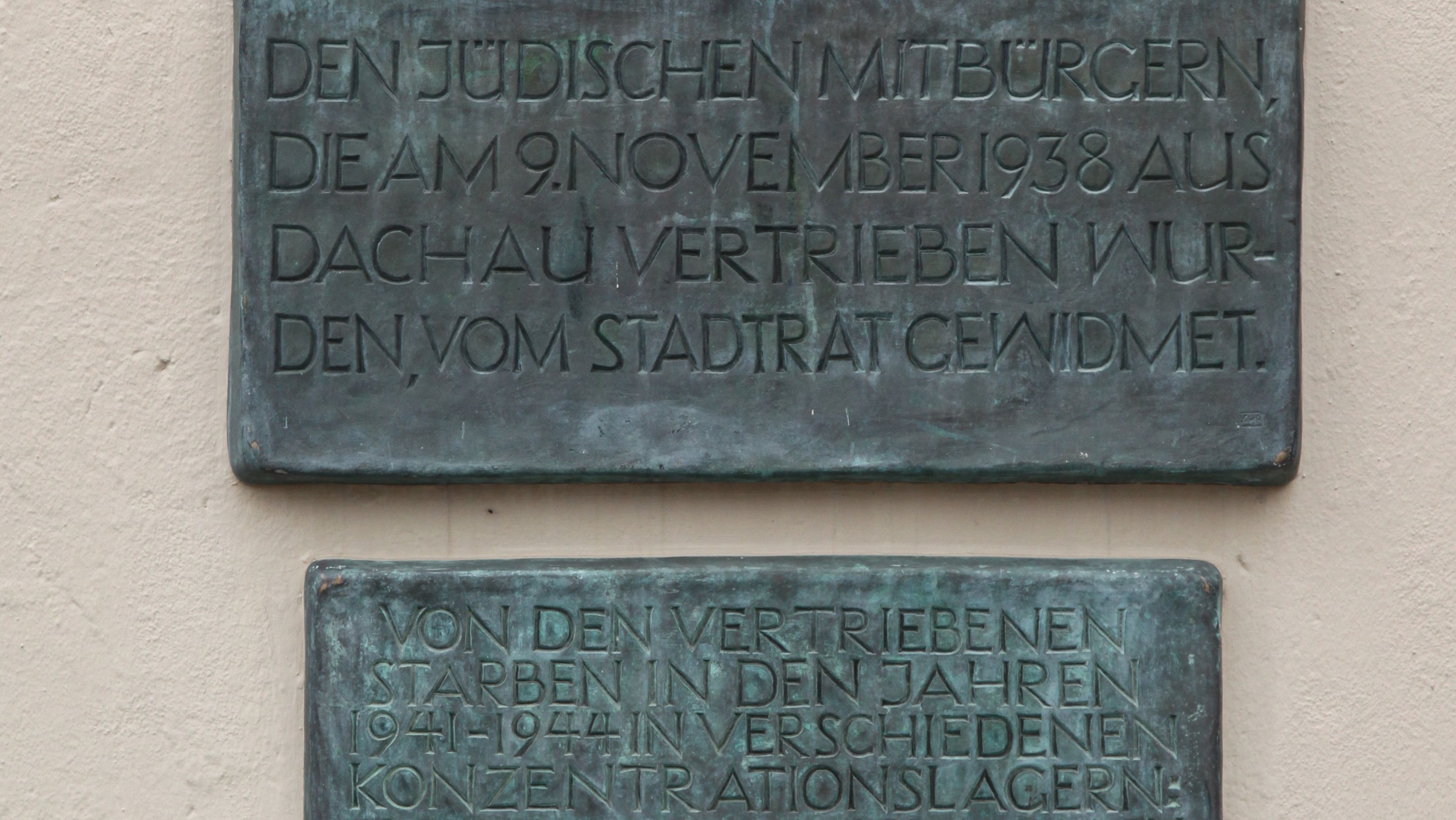
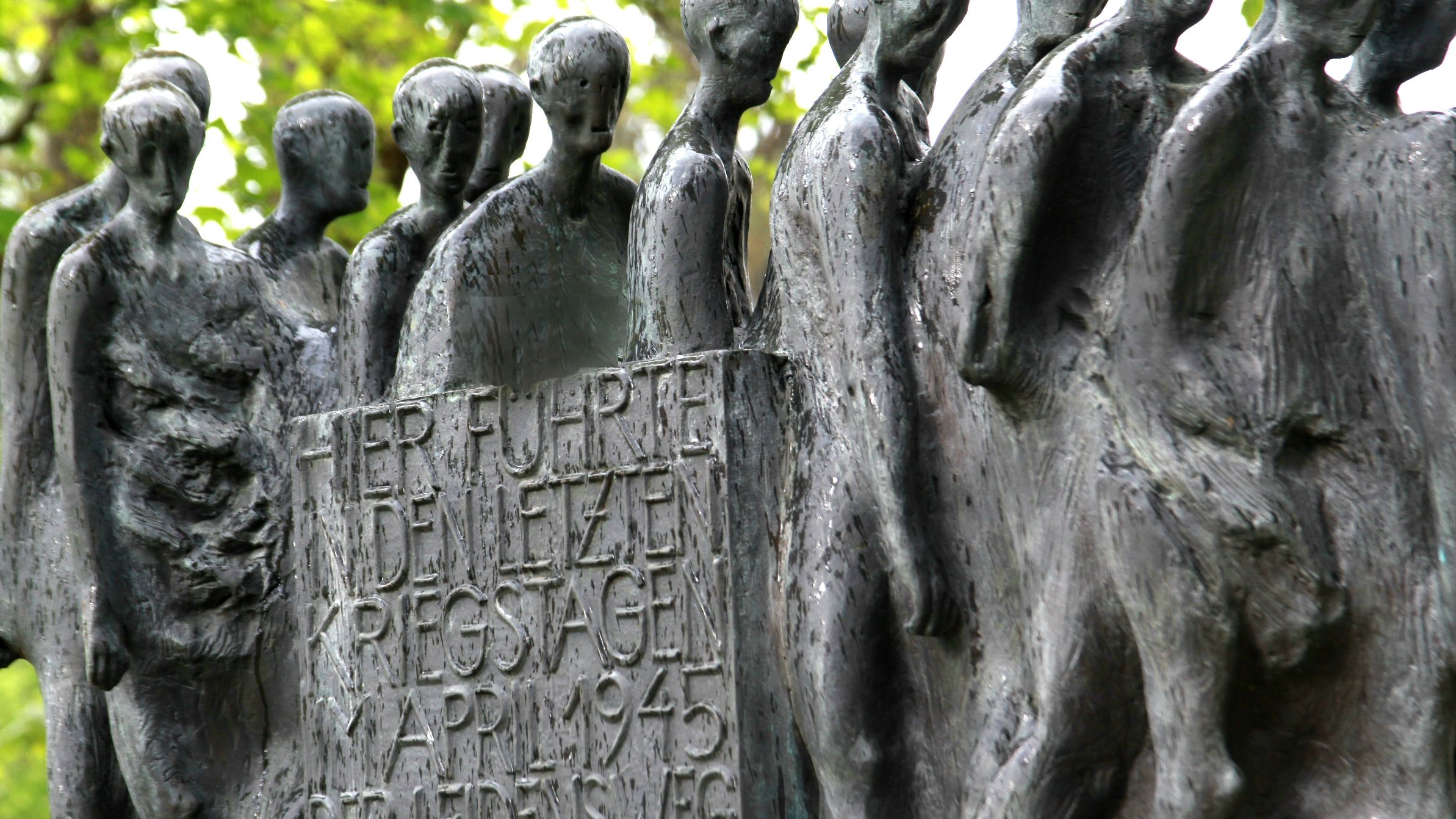
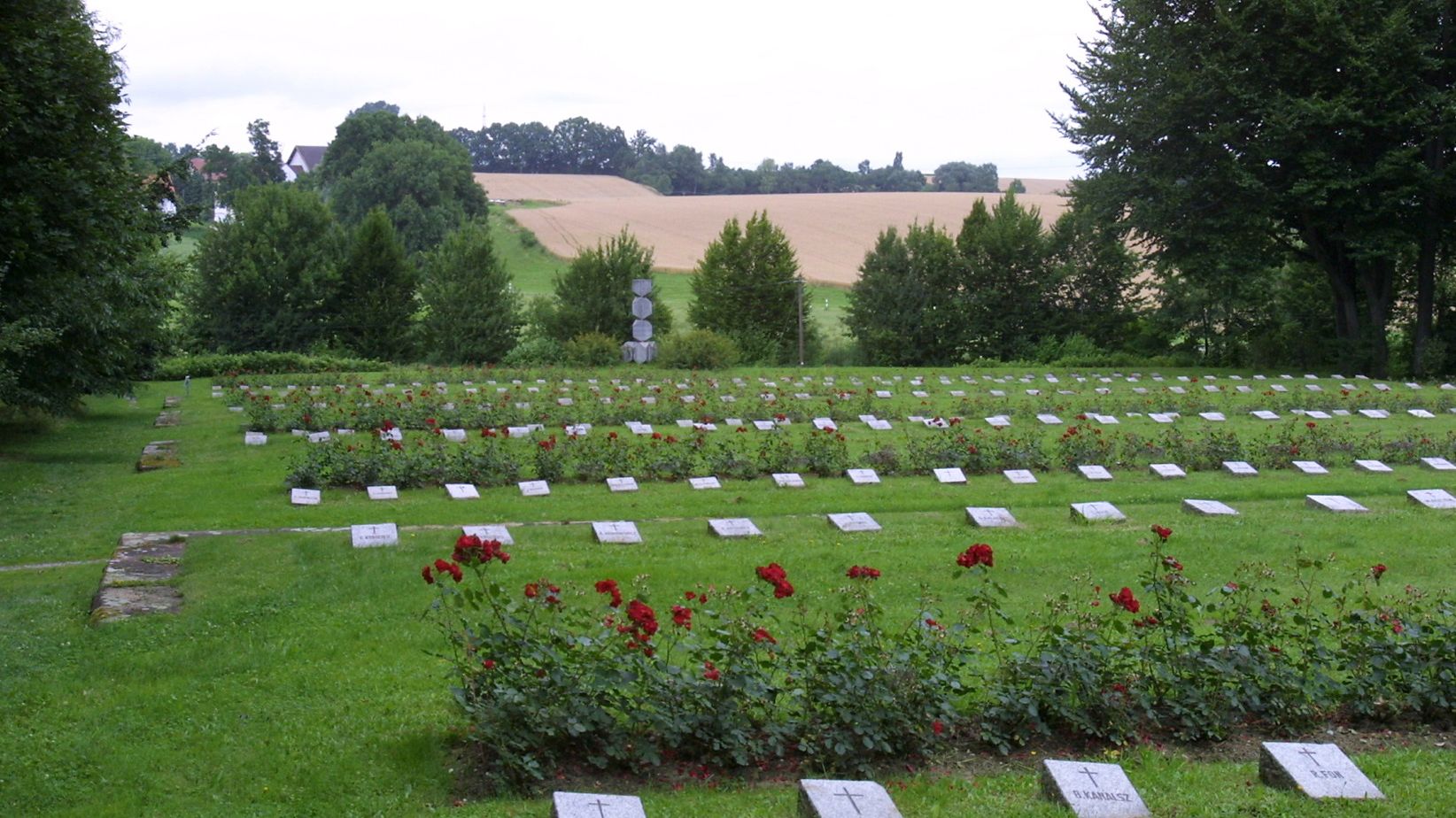
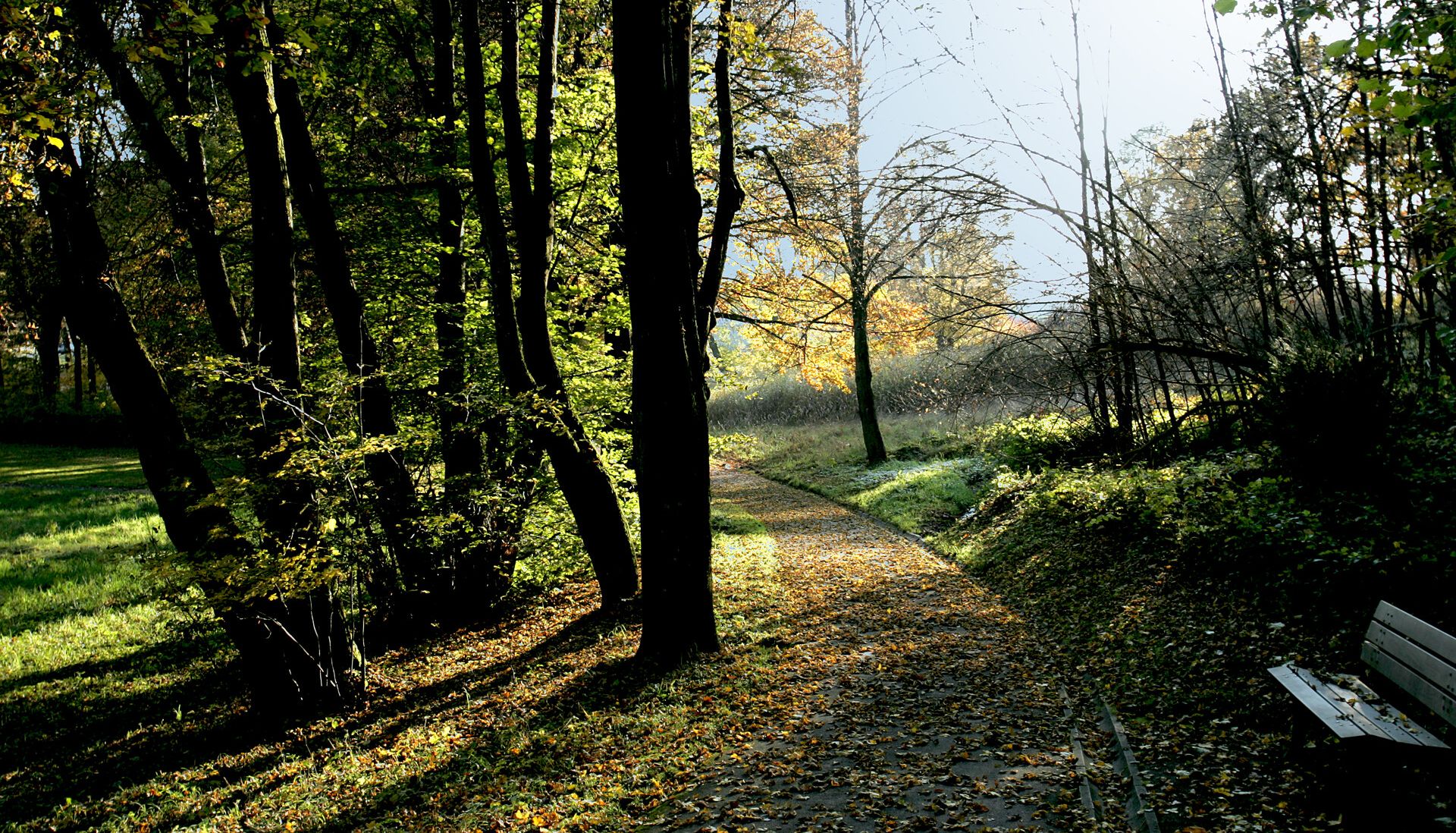
![[Translate to English:] Detailfotografie eines Reliefs an der Kapelle "Regina Pacis" auf dem Dachauer Leitenberg. Das Relief zeigt Jesus umstrahlt und von flehenden Menschen umgeben.](/_processed_/9/d/csm_Regina_Pacis_Goe_dfb1c3ff03.jpg)

